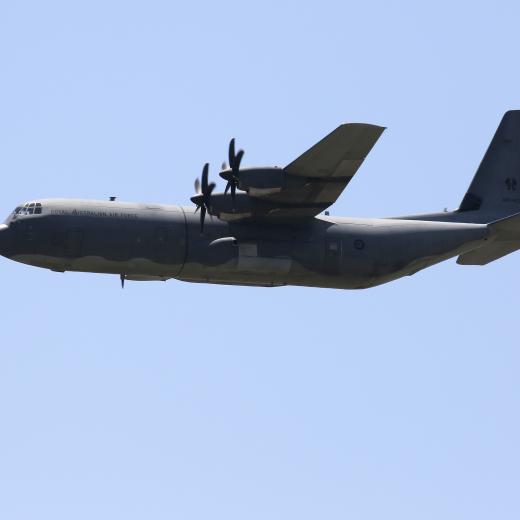BLUF
In the Battle of the Bulge, US and British airpower achieved air supremacy allowing ground troops to stop the German advance.Summary
Airpower was instrumental in the Allied victory at the Battle of The Bulge in the Ardennes Forest, Belgium. This article makes the following points:
- Winter weather lessening Allied air superiority was a major factor in the German decision to go on the offensive.
- Reconnaissance reports of a German build-up in the Ardennes Forest were ignored.
- The Luftwaffe (German Air Force) mustered all available aircraft- 1,500 fighters, 300 fighter-bombers, and 500 twin-engine fighters in Operation Bodenplatte.
- Soon after the German attack began, Eighth Air Force fighter groups were moved from England to Europe.
- Despite the weather, some Allied aircraft were able to get airborne intercepting German land convoys.
- Allied air operations provided time for ground troops to destroy bridges to slow the German advance.
- RAF Bomber Command assisted by attacking German industrial, rail, and communications centres.
- As the weather improved, Allied air supremacy was maintained.
- C-47 transports were able to resupply the besieged 101st Airborne Division in Bastogne.
- US airpower destroyed over 400 enemy fighters and the RAF hundreds more.
- One thousand one hundred sixty-one tanks, 11,378 German vehicles, and 507 locomotives were destroyed.
- The battle ended the German Air Force’s ability to have any significant effect on allied operations.
See the following Runway Posts on the Battle of the Bulge:
- Why Nazi Germany Couldn't Win at the Battle of the Bulge | The Runway (airforce.gov.au)
- Battle of the Bulge: Hitler Sets One Last Trap --- Part One | The Runway (airforce.gov.au)
- The Battle of the Bulge: Hitler’s Desperate Gambit Crushed by American Grit | The Runway (airforce.gov.au)
References
- Apr 99 Air University THE ROLE OF AIR POWER IN THE BATTLE OF THE BULGE
- Dec 2009 Royal Air Force Mildenhall A look at air power in the Battle of the Bulge
- 2011 JMSS Airpower in the Battle of the Bulge: A Case for Effects-Based Operations?
- American Airpower: Battle of the Bulge, (1944-1945) | Weapons and Warfare
- A look at air power in the Battle of the Bulge > Royal Air Force Mildenhall > Article Display (af.mil)





